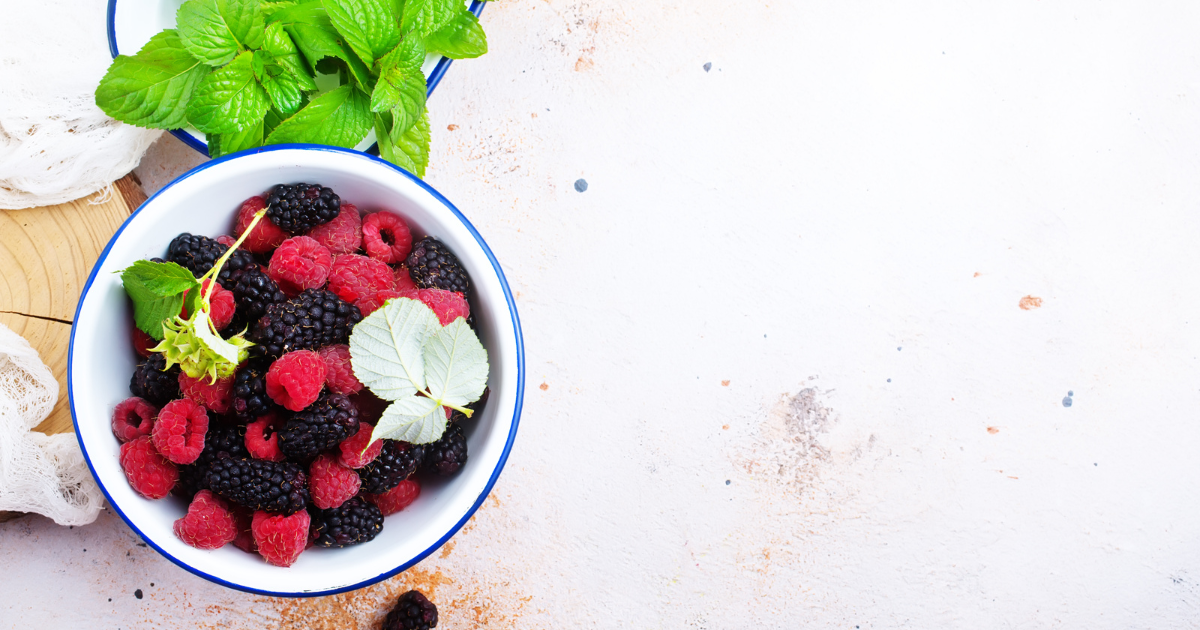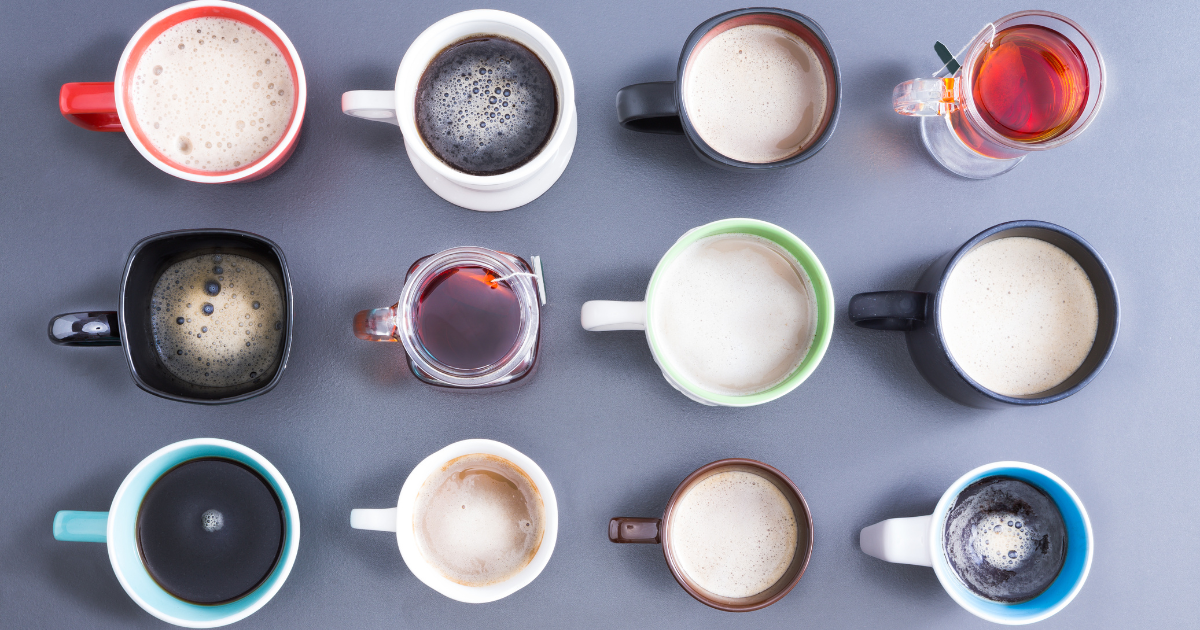What are Soft Foods to Eat After Facial Surgery?

It can be hard to find foods that meet your nutrition needs after facial surgery. Many patients find that they can barely open their mouths or suck from a straw. The solution is… Soft foods after facial surgery!
Surgery also increases swelling which can make food intake an issue. Crunchy foods are often not tolerated.
Soft foods can be easier to digest and easier to swallow so you can make sure you are getting enough nutrition after your surgery.
Now you may be wondering, what are soft foods to eat after facial surgery?
Keep reading to learn what soft foods are and tips to follow after your next facial surgery from a plastic surgery dietitian.
If you haven’t yet, make sure you check out my other blog posts that can be helpful for post-op nutrition.
What are Soft Foods?
Soft foods are soft in texture. The main purpose of soft foods after surgery is to make them easier to swallow and not have to chew as much.
Soft foods are great for people after surgery, especially facial surgeries dealing with the mouth, neck, mouth, chin, eyes. Examples of facial surgeries would be buccal fat removal, mini facelift, lower facelift, deep plane face life, rhinoplasty, blepharoplasty, brow surgery, ear surgery, chin lipo, neck liposuction.
Some examples of soft foods include:
- Smoothies, applesauce, steamed veggies, skinless fruits (like bananas), oatmeal, pancakes, scrambled eggs, peanut butter, milk, greek yogurt
Keep reading to learn some specific dietitian-approved meals to eat after facial surgery.
What are the different types of soft food after facial surgery?

There are two main types of soft foods to keep in mind post-op: Mechanical soft and Pureed soft.
Mechanical Soft Food
Mechanical soft foods include foods that are chopped, ground, and pureed that can be mashed or cut with a fork. You can include all the major food groups in a mechanical soft nutrition plan.
Some common examples of mechanical soft food include:
- Mashed potatoes
- Fully cooked white rice
- Creamy soups (avoid soups with large chunks)
Equipment you can use to prepare mechanical soft foods include:
Pureed Soft
Pureed soft foods are different from mechanical soft foods and may be more beneficial to you if you are having a really hard time chewing and swallowing after your surgery. With pureed foods you pretty much don’t need to chew at all. Adding more liquids to the foods can help make swallowing easier after surgery.
Some examples of pureed foods include: pudding, nut butters, smoothies, and pureed vegetable soups.
Equipment you can use to prepare mechanical soft foods include:
Action Tip #1: Invest in a high-powered blender for your after-surgery foods! Some blenders don’t do a very good job of blending the ingredients to a texture that will be easier for you to swallow. That is why I provided a link to my go-to blender that should be able to blend all of your ingredients to your desired texture.
Examples of dietitian-approved Soft Foods After Facial Surgery

1. Toddler fruit/veggie packets
These small fruit and vegetable packets are great because you can simply squeeze them into your mouth. They are also high in micronutrients and fiber that your body needs post-op!
2. Dairy-free, high-protein smoothie bowls
Making smoothie bowls can be beneficial post-op because you can add tons of nutritious foods into them and blend them together. Add a high-quality protein powder to boost the protein intake of the bowl. We know that protein is an important macronutrient post-surgery!
3. Smashed Avocado
Avocado is an amazing source of healthy fats and calories. Add smashed avocado on top of meals to make them more nutrient-dense and increase your energy intake.
4. Chickpea Noodles
Have you ever tried chickpea noodles? They are great for post-op because they have a soft texture when cooked down. Chickpeas are higher in protein so the noodles make a well-balanced meal compared to regular wheat noodles.
Bonus tip: Low sodium is a must after facial surgery so you aren’t inducing extra swelling and inflammation! Choose homemade options when you can to prevent any added sodium in highly-processed foods.
Action Tip #2: Aim to add all 3 macronutrients (Carbs, Fats, and Protein!) in each meal for better healing! Your body needs carbs, fats, and protein to function and heal after surgery. Focus on how you can add each nutrient to every meal you eat for the best success.
Soft Foods After Facial Surgery: The Takeaway
- Facial surgery can make foods hard to chew and swallow
- Soft foods are recommended to eat post-op until the facial function returns
- Experiment with the different types of soft foods after surgery
- Pureed and mechanical are both great options
- Dietitian-recommended meals after facial surgery include smoothie bowls, chickpea noodles, smashed avocados, and toddler fruit/veggie packs
- Choose low-sodium options
Hopefully, you feel more confident knowing which foods are considered soft foods and which equipment will be best to use to help you get the most nutrients after your next facial surgery.
If you are still feeling a little confused or unprepared,
Follow us on IG here.
Watch our youtube videos here.
Before + After Vitals
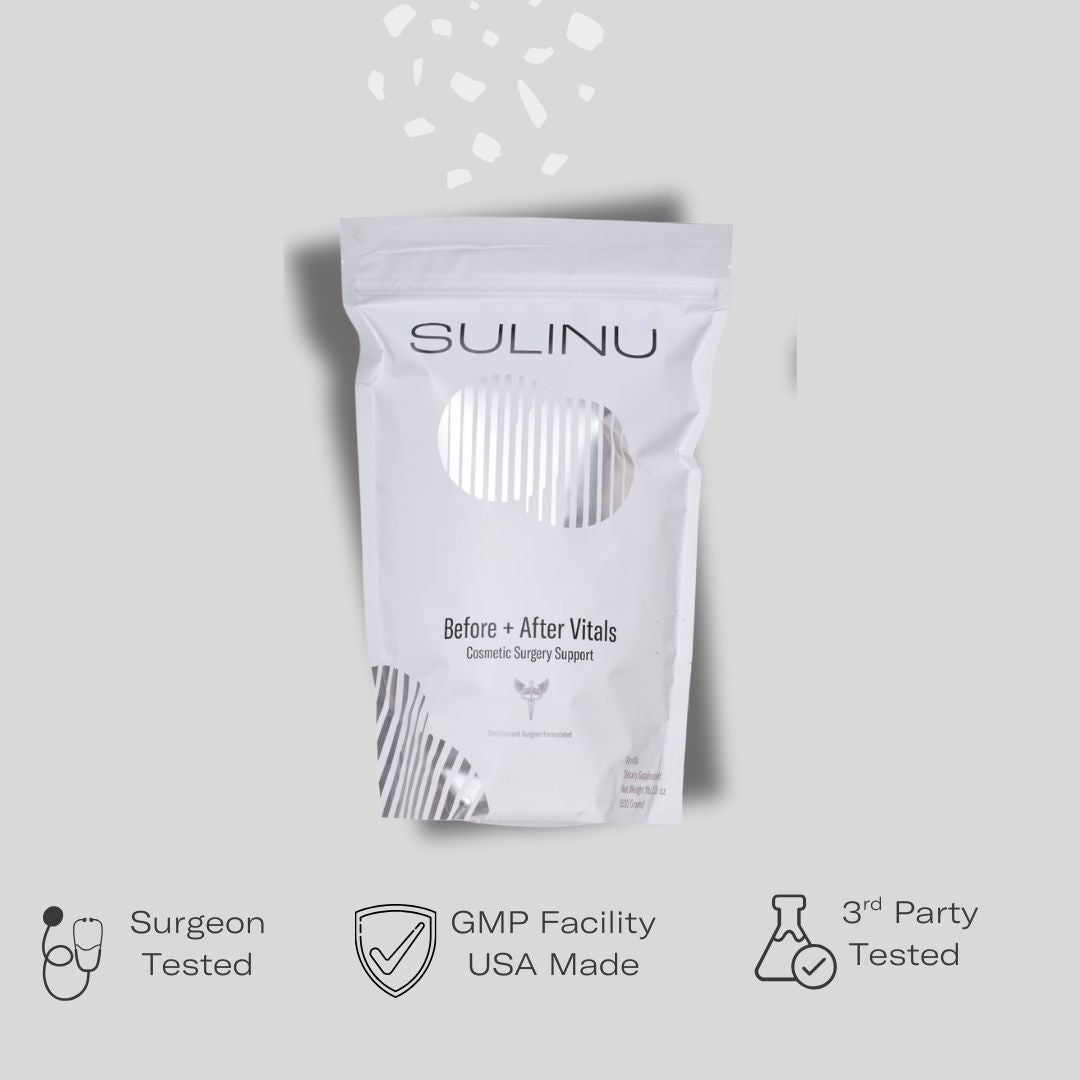


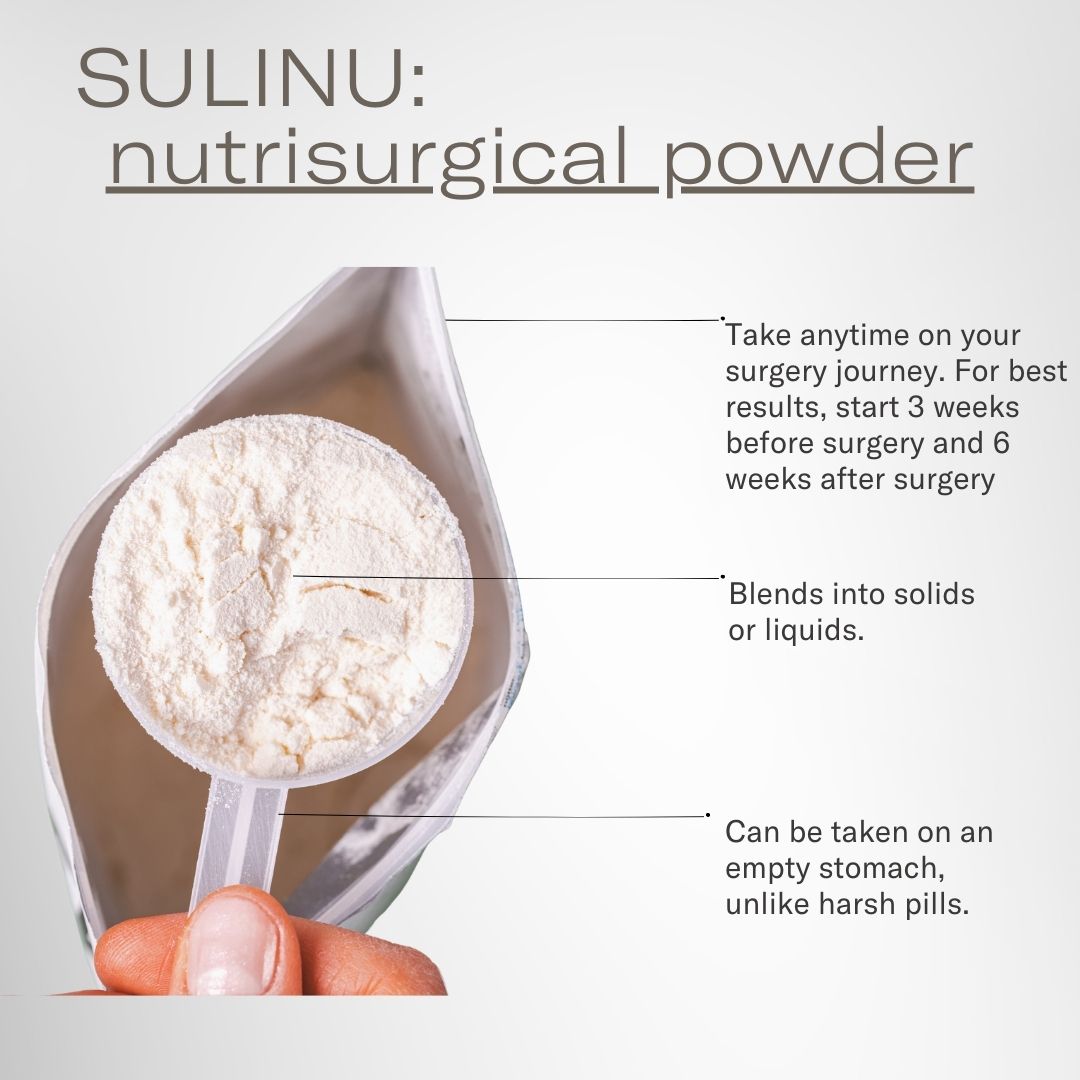





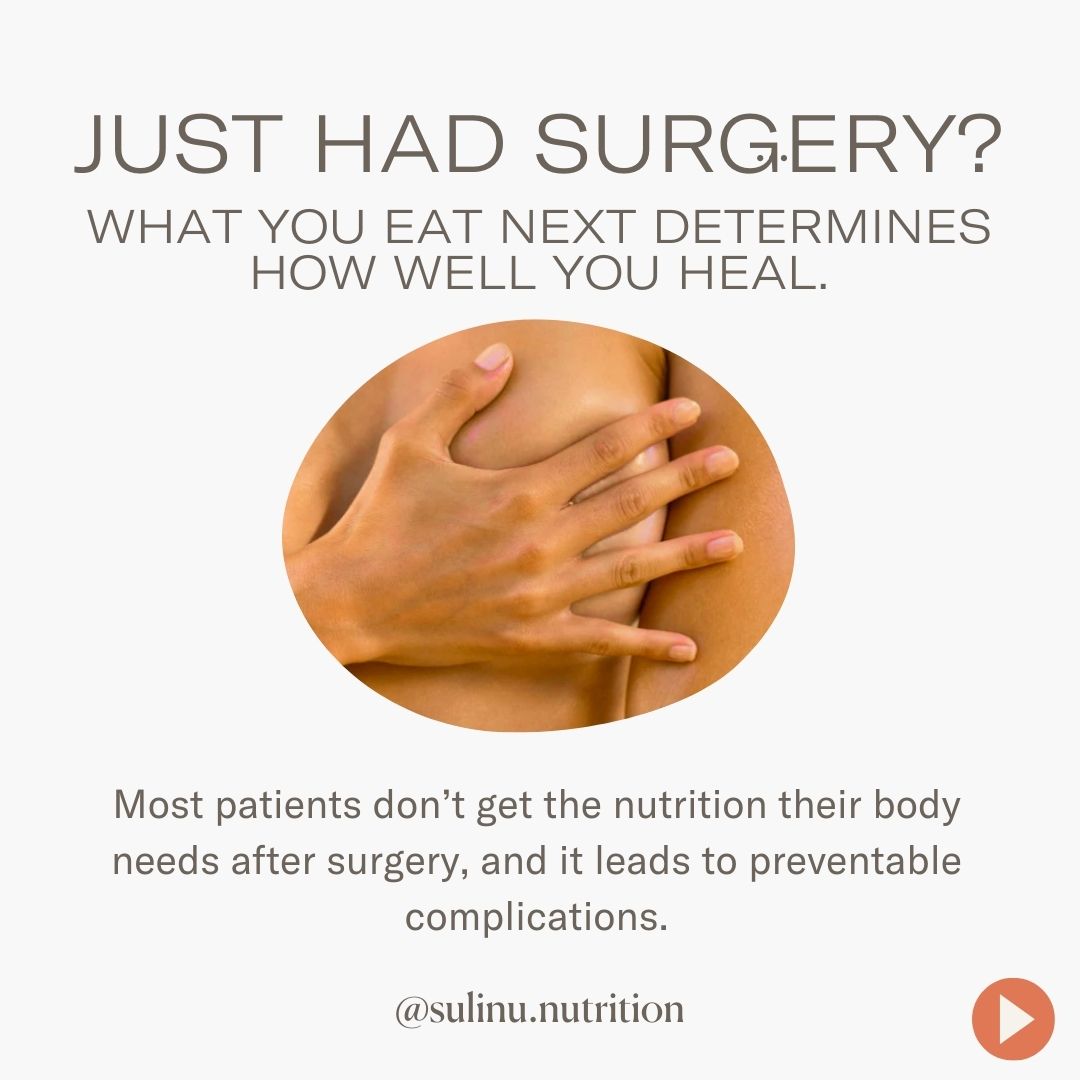

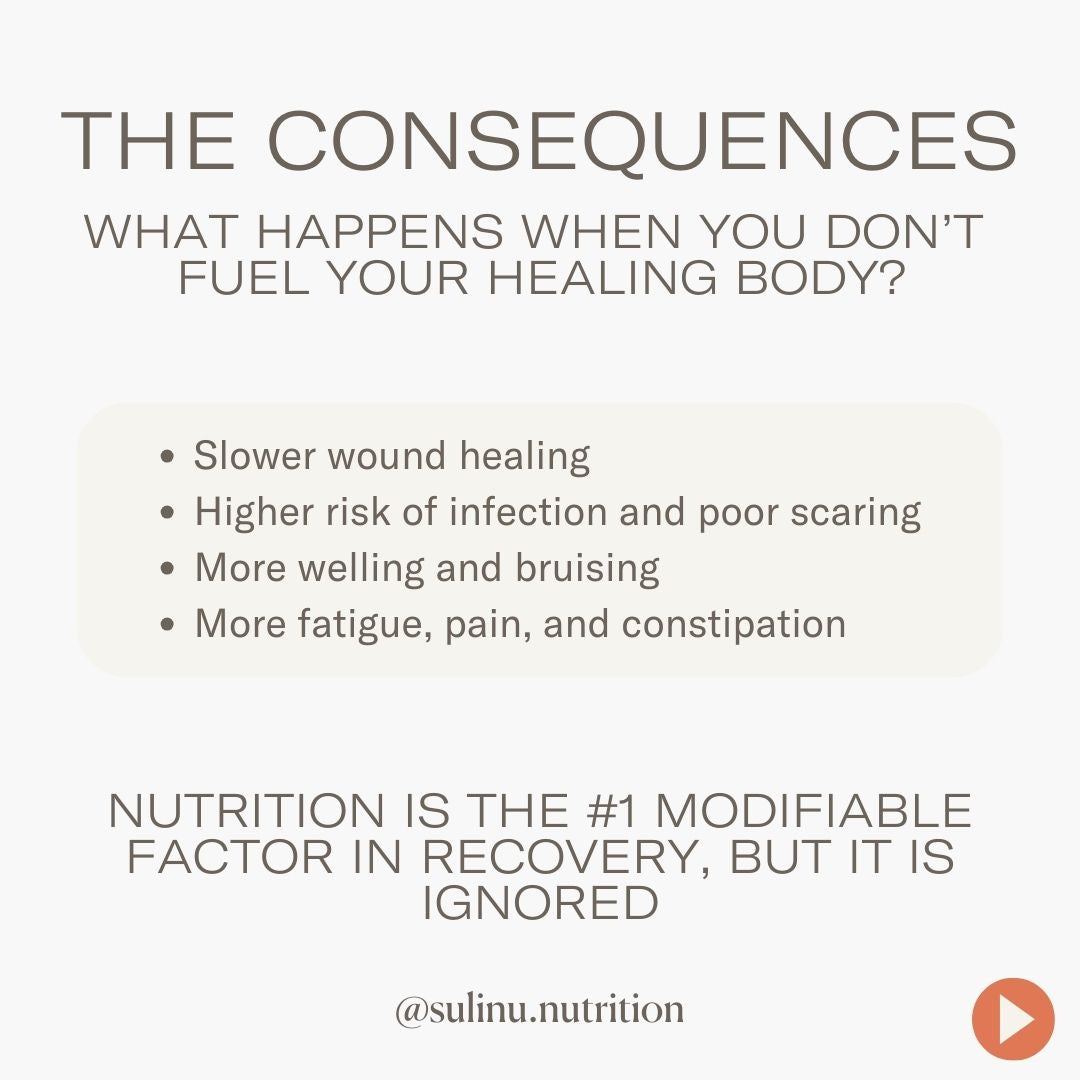

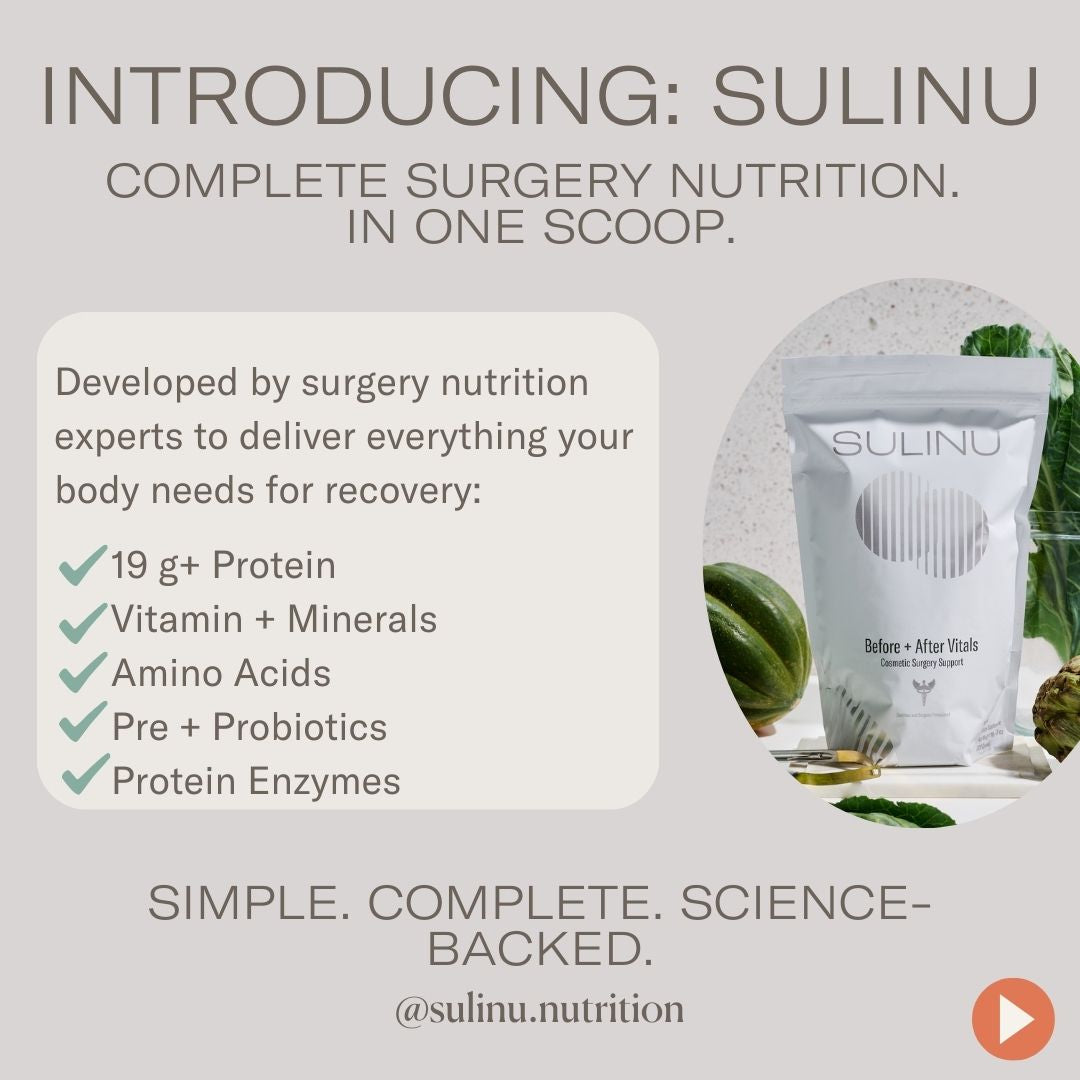
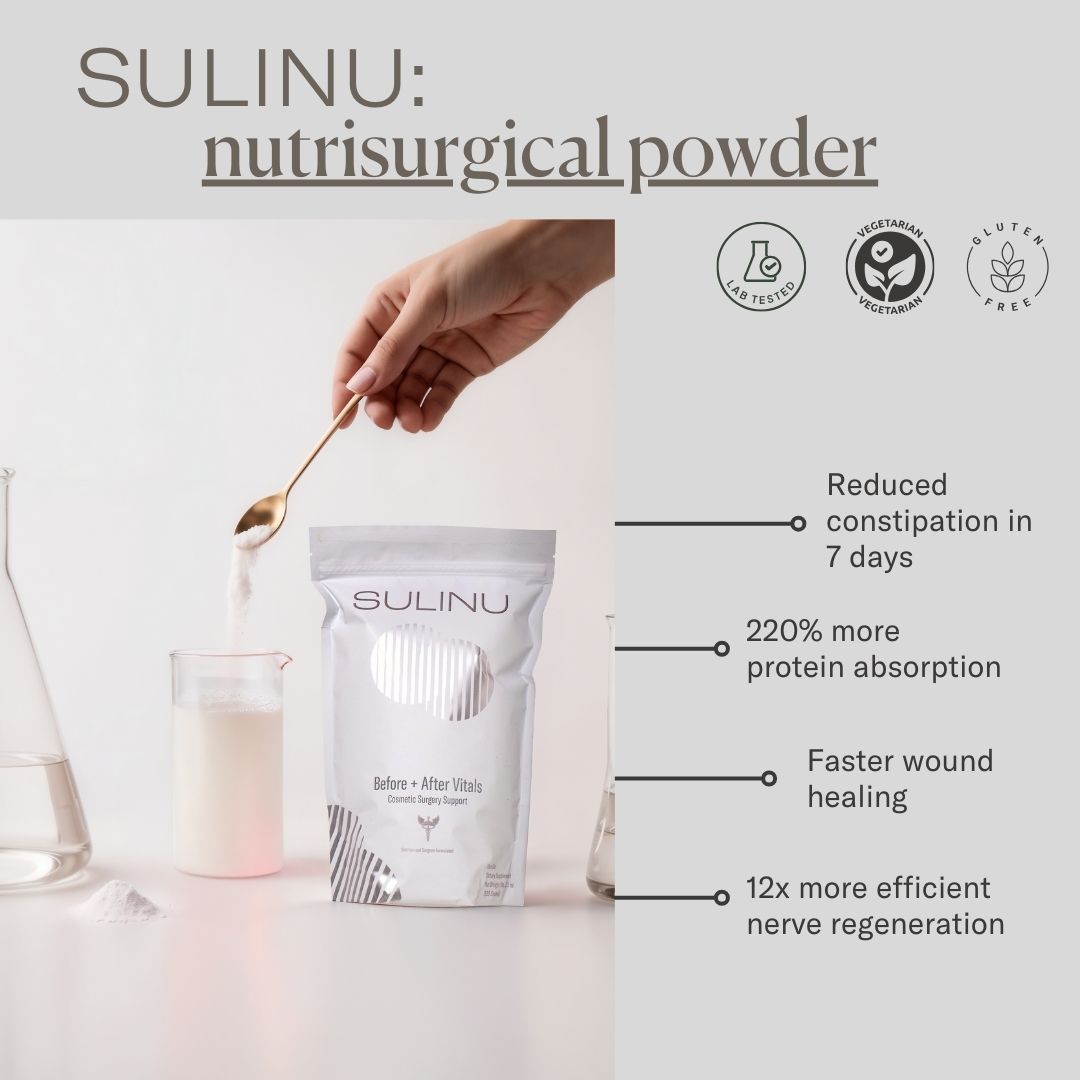







NUTRISURGICAL VITAMIN POWDER -(bag: Vanilla)
**FREE SHIPPING for orders over $150!!**
- 100% Money Back Guarantee
- Discreet Shipping-Your privacy is important
- We recommend 3 bags for any surgery for the best results
This Complete Surgery Powder gives you EVERYTHING you need IN ONE SCOOP.
Pre and Post Surgery Supplements for that near-invisible scar look.
"Can you believe it? [My incision scars] are nearly invisible at just 5 weeks!" -Jessie
Our pre and post surgery supplements are packed with vitamins for wound healing after surgery
- 3rd party tested
- Gluten-Free
- Vegetarian Whey
-
27 Surgeon-Approved Ingredients
- In bioavailable forms
-
5 Patented Ingredients
- Patented is the HIGHEST standard of ingredients
- Faster Incision healing
- Gut microbiome studied
- Clinically tested
- Sourced from Europe and Internationally
- Therapeutic Dosages
Perfect for:
- Before Cosmetic Surgery
- After Cosmetic Surgery
- Slow-to-heal incisions or wounds
- Using a GLP and needing extra nutrition
- Can begin taking at anytime on your surgery journey, EVEN if you are weeks after your surgery! Your scar is healing for a least a year after your surgery date.
How to use:
- Use 1/2 to 1 scoop a day. Max 1 scoop a day for at least 6 weeks postop.
- We recommend 3 bags: Use 1 bag before surgery and 2 bags after surgery
Nutrisurgical Vitamin Powder with Patented, Clinically-tested Ingredients.
All your Protein, Collagen, Amino Acids, MicroNutrients, Synbiotics and Enzymes in ONE SCOOP to give you a seamless recovery after cosmetic surgery.
Note: This product is also commonly used by GLP (Ozempic, Semiglutide, etc) patients to prevent nutrient depletion and Ozempic face
Our Survey Results*:
79% reported a beautiful incision
85% reported a faster recovery
90% liked the taste
X Gluten X Soy X Artificial Colors or Flavors X GMOs
*based upon our postop survey 2024
Introducing BEFORE + AFTER VITALS, the ultimate surgeon-endorsed nutritional supplement tailored exclusively for plastic surgery recovery.
Fears of infection, inflammation, slow-to-heal incisions, and bruising are taken head-on by this super fine, quick-to-dissolve powdered supplement. Add a delicious hit of vanilla flavor to your cold or warm drinks, smoothies, or culinary creations.
1 pouch is 20 servings.
ALLERGY info: Contains lactose. Product was processed in a facility that may also process eggs, peanuts, sesame, soy, tree nuts, shellfish, and other allergens.
